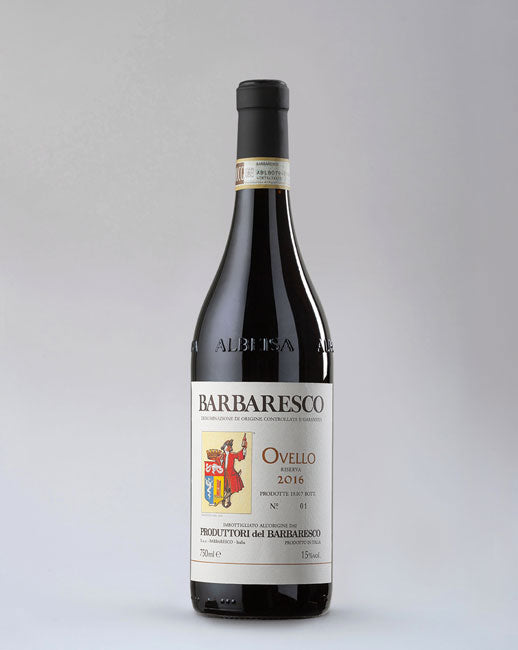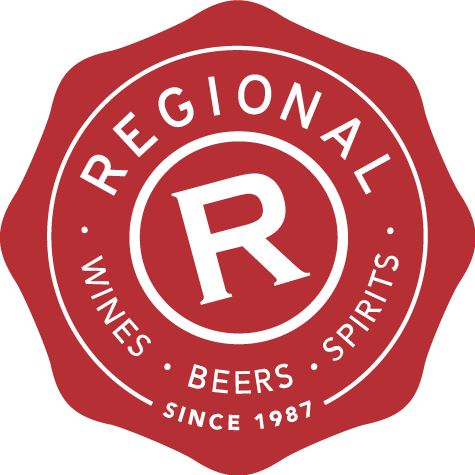
The best of Barbaresco
The long awaited Produttori del Barbaresco Riservas arrived in store this month from the highly regarded 2016 vintage and, if you haven't noticed, we have already sold through two of the nine single vineyard wines.
The delicate silky Assili and the powerful elegant Rabaja are gone and there will be no more. But fear not, we have ordered 18 magnums from Caro's in Auckland, the company that imports these outstanding wines into the country, so we have six magnums each of Rabaja, Ovello and Montestefano.
Always keen to champion the under dog, I have long been a big fan of Barbaresco, the poor cousin to Italy's great Barolo. Both wines are made entirely 100% from Nebbiolo, one of the greatest red grapes on Earth and definitely the least widely travelled of all the best reds. Its home is Piemonte in north west Italy and, apart from a small spread to niche parts of Australia, California, Mexico and Washington, Nebbiolo doesn't take to new homes with much ease.
"It is a temperamental creature, not to say neurotic," says wine writer Nick Belfrage, author of Barolo to Valpolicella. And it has been described as one fo the most challenging grapes in the world, which excels only in certain areas with very specific growing conditions, according to Kerin O'Keefe, author of Barolo and Barbaresco, the King and Queen of Italian Wine.
Many winemakers in many other places continue to persevere with this great red and may hopefully succeed in creating great wines from it one day but, for now, Nebbiolo strongly prefers its homeland. Its name is thought to come from Latin word nebbia, which means fog; something the hills of the Langhe (its homeland) are often shrouded in.
Both Barolo and Barbaresco come from the hilly area of the Langhe, often referred to as Langa. The Barolo denomination spreads to the southwest of Alba while Barbaresco is grown in the north east and east. The wines from both denominations are up there with the best reds of Burgundy, Bordeaux and Montalcino in Tuscany. They are insiders' wines and, due to the relatively small volumes made, they are likely to remain so for the foreseeable future.
Barolo is regarded more highly and there is more of it. It tends to have more pronounced tannins, a longer life - and a significantly more expensive price tag. Not that Barbaresco is cheap but it is often more affordable than its better known brother. There are just 684 hectares of Nebbiolo growing in the Barbaresco DOCG while Barolo had 1984 hectares at last count, possibly more now.
For those who have yet to be convinced of the greatness of Barbaresco, the quality minded Produttori del Barbaresco could easily be the company (and wines) to shift your mindset. These bottles are moving faster than we anticipated, not least because 2016 is widely regarded as vintage of this century in many parts of Europe, including this outstanding Italian wine area.
There are nine riservas in the Produttori del Barbaresco range and while the 2016 vintage has produced wines of great fruit purity and intensity, the hallmark tannins and acidity of the Nebbiolo grape will ensure that these are wines for the long haul. Keepers.
* Buy Produttori wines here.
* Or visit us in store for a taste of the Ovello under Corafin, if you are seriously interested in buying the wine. (While it lasts.)
